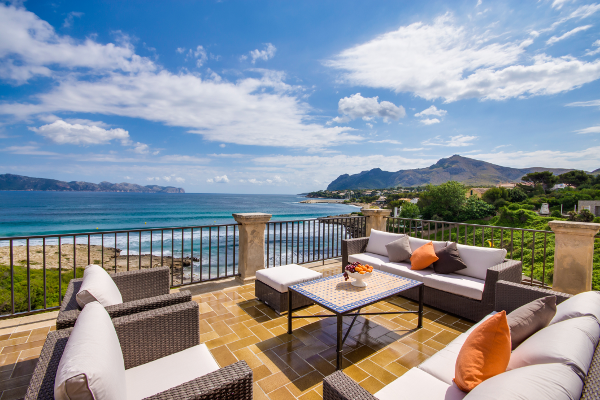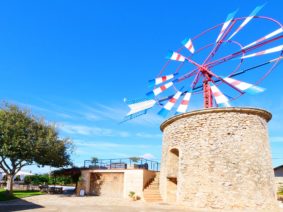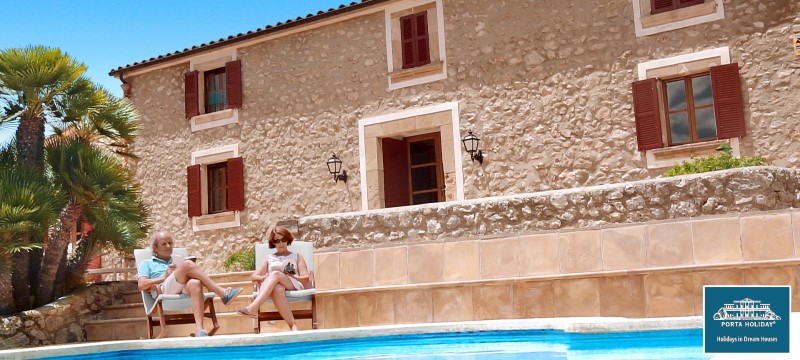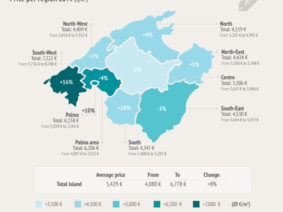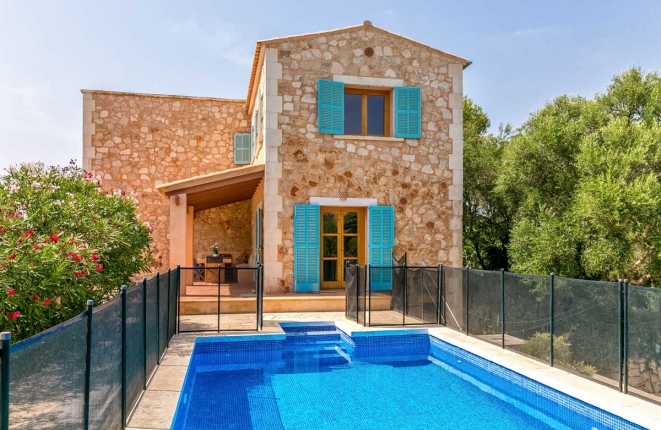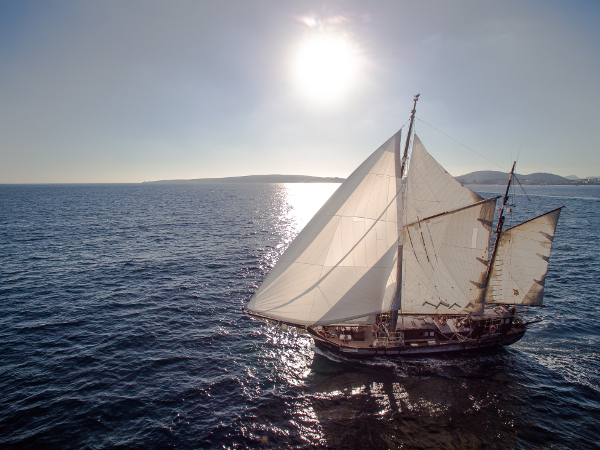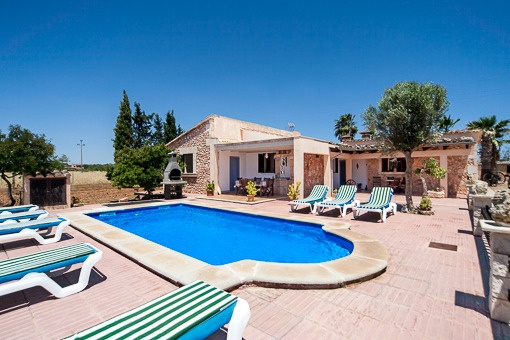How tourism has changed the face of the island.
Mallorca has always been a much sought-after destination and the history of tourism is far older than you think. The first hotel on the island – the Grand Hotel in Palma – was opened as early as 1901, at a time when the majority of the population lived in the country, from the country and mostly in poverty.
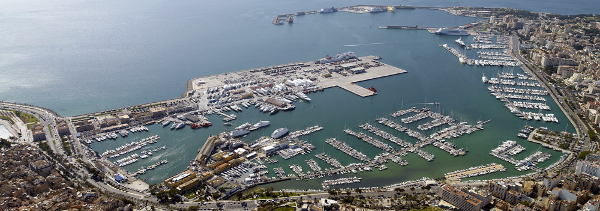
From holidays in the 30s
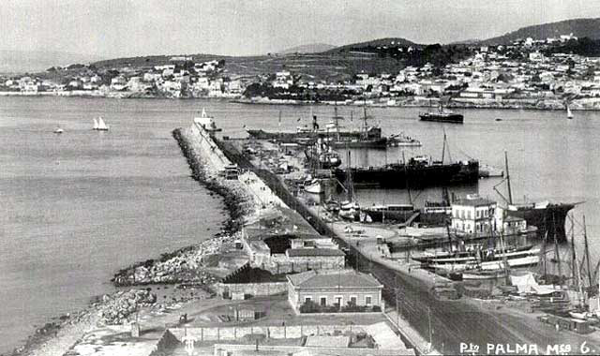
Just 30 years later, the island experienced its first modest visitor boom: Even in 1930 15,000 short-term and 30,000 long-term vacationers were recorded on the island and many wealthy British visited the island on cruise ships. As early as 1929 the legendary Hotel Formentor had opened on the peninsula in the north and became a kind of secret tip for the European monied aristocracy. In 1934, “Dr. Tigges”, the first German package holiday organizer, hosted the first 37 wealthy German guests. The outbreak of the Spanish civil war and the Second World War put an end to these first tentative steps towards tourism and the economic upswing that followed, at least for a few years.
The luxury destination of the 50s
In the 1950s Mallorca became a luxury destination again and stars such as Liza Minelli and Frank Sinatra came and went in Palma’s finest club, Tito’s. In those days everything was still very modest and civilised and the few bathing zones on the highly catholic island were carefully divided into separate areas for men and women. In 1960 it was still a privilege to visit the island but already there were 360,000 tourists on the “isla de la calma” – the island of tranquility. A name which fortunately, now as then, still applies.
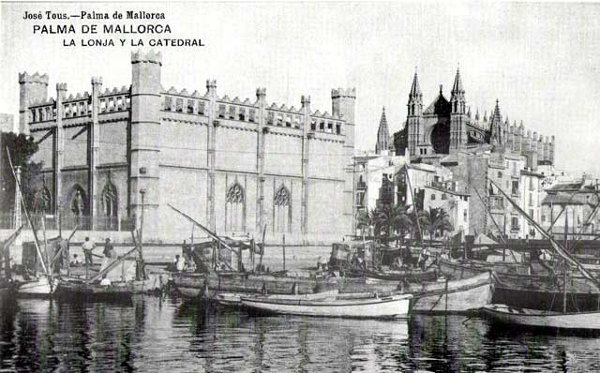
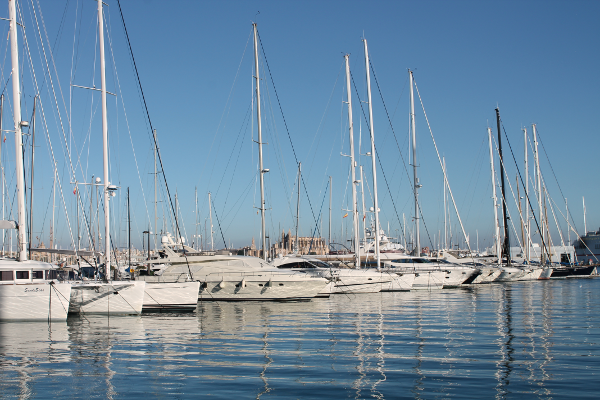
Green light into the 70s
In 1970 two million tourists landed at the then very modest airport Son Sant Joan. The second runway was built in 1974, thanks to flight travel becoming an affordable means of transport. After the beginning of the 70s nothing could stop it, and especially in the 80s and 90s the numbers of tourists exploded. In 2010, Son Sant Joan was expanded to accommodate 35 million passengers ayear. Tourism brought money and prosperity – and work: today every third Mallorcan works in the tourist industry.
From a fishing to a holiday island
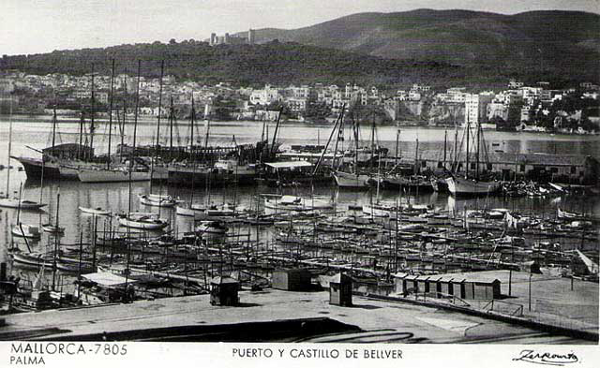
Nowadays almost 30 million passengers are handled in Son Sant Joan and, last year alone, 13.5 million of these guests from all over the world were spending their holidays on the island. A figure that is likely to be exceeded this year as the popularity of the island is making this a record season. On the Playa de Palma was in 1953 only one hotel of the Riu chain. Now there are more than 70 hotels forming the skyline of one of the most popular holiday resorts in the Mediterranean.
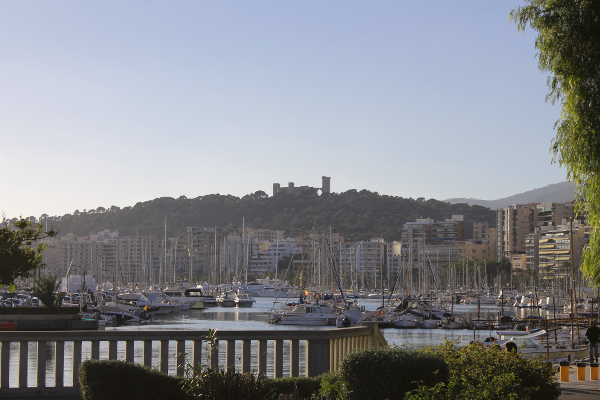
No wonder then that the island has changed accordingly. An island of agriculture, small farmers and fishermen became a highly modern, cosmopolitan holiday destination with a capital city that can compete with all major european cities. The infrastructure is excellent, assisted by EU funding for amongst other things the expansion of the Mallorcan road system. In the ports the traditional fishing boats – the Llauts – are now in the minority and today the clubs like the Real Club Nautico at the gates of Palma are mostly populated by large and small yachts.
Still beautiful to this day
The attraction of both luxury and package tourism is probably the fact that the island has succeeded in maintaining its natural beauty. Those who go into the countryside discover an authentic Mallorca as it always was, and in the villages traces of past times which are still alive today. And the changes on the land are of no account to the sea – it glitters unchanged, clear and turquoise blue, as always.
